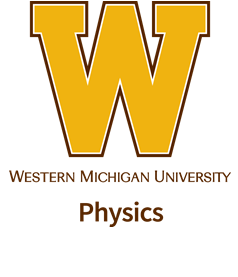Speaker
Mr
Mike Laverick
(KU Leuven)
Description
Accurate atomic data is a vital component of almost every branch of astrophysics. All models and descriptions of stellar evolution, atmospheres, formation and internal structures are governed by the fundamental atomic data available to the astrophysical community. As such, errors and uncertainties in adopted atomic data can systematically propagate throughout the entire field of astrophysics.
The Belgian Repository of fundamental Atomic data and Stellar Spectra, BRASS, aims to take the first, crucial steps towards removing systematic errors in atomic input data required for quantitative stellar spectroscopy. We will thoroughly assess the quality of fundamental atomic data available in the largest repositories, such as wavelengths and oscillator strengths, by comparing very high-quality observed stellar spectra, taken using the Mercator-HERMES and ESO-VLT-UVES spectrographs, with state-of-the-art theoretical spectra. BRASS will offer both critically-evaluated atomic transition data and high-quality stellar spectra, spanning the entire visible wavelength range for BAFGK spectral types, via an online public interactive interface under development.
To date we have compiled atomic line transition data, for ions of up to 5+ and in the visible wavelength range, from major online repositories including NIST, VALD, and multiple data providers currently in the VAMDC portal. We have cross-matched multiple literature occurrences of atomic transitions for over 75,000 individual lines in preparation for our systematic quality assessment and revealed a significant scatter in literature log(gf) values of up to 2 dex. Almost 2000 unique atomic lines, spanning the BAFGK spectral types in the visible wavelength range of 4200-6800 Angstroms, have been selected for quality assessment work currently underway.
Author
Mr
Mike Laverick
(KU Leuven)
Co-authors
Dr
Alex Lobel
(Royal Observatory of Belgium)
Dr
Christophe Martayan
(European Southern Observatory, Chile)
Dr
Pierre Royer
(Univ. of Leuven)
Dr
Thibault Merle
(Univ. Libre de Bruxelles)

